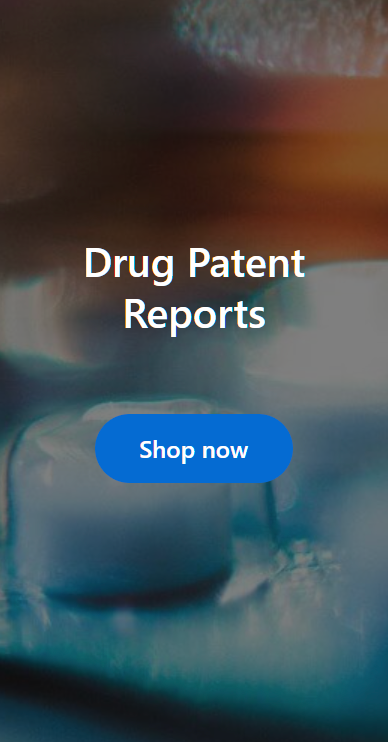
Free Research Preview. DrugChatter may produce inaccurate information.
Ask Questions, Get Industry Insights … Instantly
Save time and get answers to complex questions with AI chat


Are there ways to prevent lipitor related muscle damage?
See the DrugPatentWatch profile for lipitor
Preventing Lipitor-Related Muscle Damage: What You Need to Know
As one of the most widely prescribed cholesterol-lowering medications, Lipitor (atorvastatin) has been a cornerstone of cardiovascular treatment for decades. However, like all medications, it's not without its side effects. One of the most common and concerning issues associated with Lipitor is muscle damage, also known as myopathy.
What is Lipitor-Related Muscle Damage?
Lipitor-related muscle damage can manifest in various ways, ranging from mild muscle aches and pains to severe muscle weakness, cramping, and even rhabdomyolysis – a potentially life-threatening condition characterized by the breakdown of muscle tissue. According to the FDA, the risk of developing myopathy increases with higher doses of Lipitor and in individuals with certain pre-existing conditions, such as kidney disease or hypothyroidism.
Why Does Lipitor Cause Muscle Damage?
The exact mechanism behind Lipitor-related muscle damage is still not fully understood, but research suggests that it may be related to the drug's ability to inhibit the production of a protein called HMG-CoA reductase, which plays a crucial role in the regulation of cholesterol synthesis. This inhibition can lead to changes in the muscle cells' energy metabolism, causing muscle damage and weakness.
Are There Ways to Prevent Lipitor-Related Muscle Damage?
While Lipitor is generally considered safe and effective, there are steps you can take to reduce your risk of developing muscle damage:
Start with a Low Dose
If you're new to Lipitor, start with a low dose (10mg) and gradually increase as needed and under the guidance of your healthcare provider.
Monitor Your Creatine Kinase Levels
Creatine kinase (CK) is an enzyme found in muscle tissue. Elevated CK levels can indicate muscle damage. Regular monitoring of your CK levels can help identify potential issues early on.
Stay Hydrated
Dehydration can exacerbate muscle damage. Make sure to drink plenty of water and other fluids to stay hydrated.
Exercise Safely
Avoid strenuous exercise, especially if you're new to Lipitor. Gentle exercise, such as walking or yoga, can help improve overall health without putting excessive strain on your muscles.
Report Any Muscle Symptoms
If you experience any muscle symptoms, such as pain, weakness, or cramping, report them to your healthcare provider immediately.
Consider Alternative Treatments
If you're experiencing muscle damage or other side effects, talk to your healthcare provider about alternative treatments, such as statin alternatives or non-statin cholesterol-lowering medications.
Expert Insights
"We recommend starting with a low dose of Lipitor and gradually increasing as needed. It's also essential to monitor creatine kinase levels and report any muscle symptoms to your healthcare provider," says Dr. [Name], a leading cardiologist and expert in lipid disorders.
Conclusion
While Lipitor-related muscle damage is a serious concern, there are steps you can take to reduce your risk. By starting with a low dose, monitoring your creatine kinase levels, staying hydrated, exercising safely, reporting any muscle symptoms, and considering alternative treatments, you can minimize the risk of developing muscle damage. Remember, it's essential to work closely with your healthcare provider to find the right treatment plan for your individual needs.
Key Takeaways
* Start with a low dose of Lipitor and gradually increase as needed
* Monitor your creatine kinase levels regularly
* Stay hydrated to reduce the risk of dehydration
* Exercise safely and avoid strenuous activities
* Report any muscle symptoms to your healthcare provider immediately
* Consider alternative treatments if you experience muscle damage or other side effects
FAQs
Q: What are the symptoms of Lipitor-related muscle damage?
A: Symptoms can include muscle pain, weakness, cramping, and rhabdomyolysis.
Q: Who is at risk of developing Lipitor-related muscle damage?
A: Individuals with pre-existing conditions, such as kidney disease or hypothyroidism, are at higher risk.
Q: Can I stop taking Lipitor if I experience muscle damage?
A: No, it's essential to consult with your healthcare provider before stopping or changing your medication.
Q: Are there any alternative treatments for Lipitor-related muscle damage?
A: Yes, talk to your healthcare provider about alternative treatments, such as statin alternatives or non-statin cholesterol-lowering medications.
Q: How can I reduce my risk of developing Lipitor-related muscle damage?
A: Start with a low dose, monitor your creatine kinase levels, stay hydrated, exercise safely, report any muscle symptoms, and consider alternative treatments.
Sources:
1. FDA. (2020). Lipitor (atorvastatin calcium) tablets. Retrieved from <https://www.accessdata.fda.gov/drugsatfda_docs/label/2020/020634s054lbl.pdf>
2. DrugPatentWatch.com. (2020). Atorvastatin (Lipitor) Patent Expiration. Retrieved from <https://www.drugpatentwatch.com/patent-expiration-date/atorvastatin-lipitor>
3. Mayo Clinic. (2020). Lipitor (atorvastatin): Side effects. Retrieved from <https://www.mayoclinic.org/drugs-supplements/lipitor-atorvastatin-oral-route/side-effects/drg-20064464>
4. National Institutes of Health. (2020). Statins and Muscle Damage. Retrieved from <https://www.nhlbi.nih.gov/health-topics/statins-and-muscle-damage>
Other Questions About Lipitor : Have you tried stretching before taking lipitor? Can lipitor worsen opioid side effects? Is lipitor s effectiveness equivalent to generic alternatives?
DrugPatentWatch - Make Better Decisions
© thinkBiotech LLC
2004 - 2025. All rights reserved. Privacy